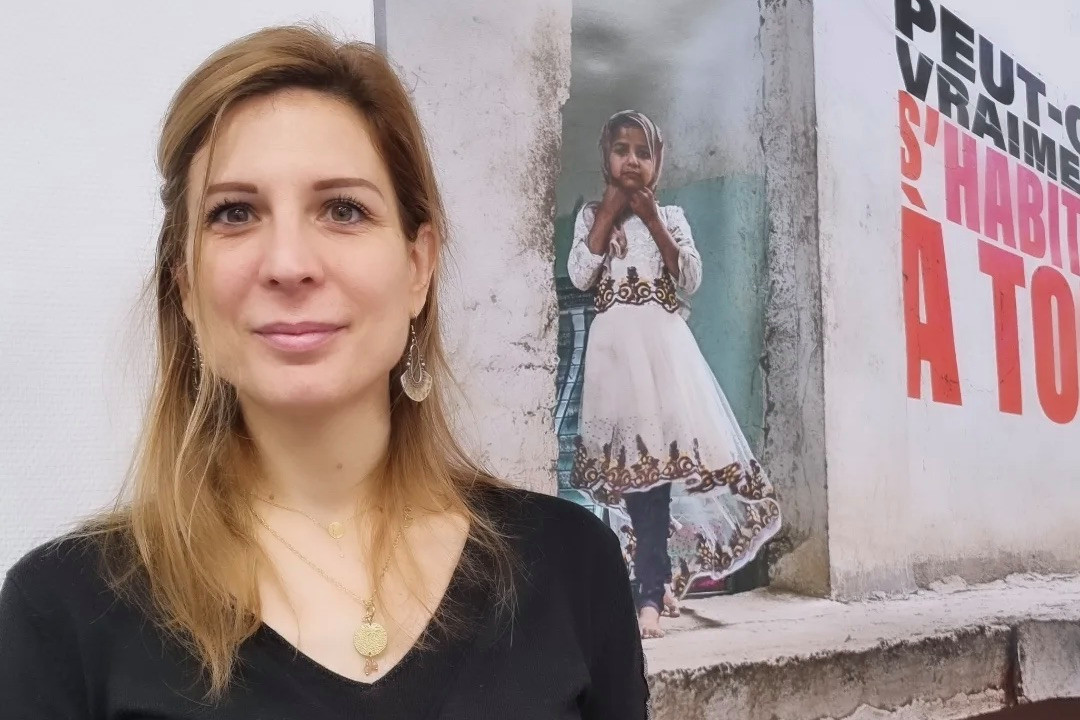Maps are an important tool for decision-making, planning, communication and operational support for Médecins Sans Frontières (MSF, or Doctors Without Borders). But many regions of the world remain unmapped, which can present organisational challenges. The mapathon that will take place on Wednesday 22 March at the University of Luxembourg--which is open to the public--aims to address this issue. Carole Nunez, public engagement coordinator at MSF Luxembourg, had more details for Delano.
Lydia Linna: How does mapping territory help MSF teams carry out their work?
Carole Nunez: When MSF teams arrive in a disaster area, they face many challenges. One of the difficulties that we do not think about is the lack of maps listing relevant information, such as roads, drinking water points or important buildings. However, to provide an appropriate and effective response, MSF teams need accurate maps. Listing the combination of several sources of information on a single map allows teams to assess the extent of the emergency, plan logistical needs, optimise epidemiological surveillance, and ensure coordination with other organisations.
Indeed, maps are one of the best tools to fight (and understand) epidemics for example: a look at a map can provide much more than just reading epidemiological data in a table. They are also vital to vaccination campaigns, as they confirm the location of roads and, most importantly, how they can be travelled. They can also give indications on the number of vaccine shots to be sent to a given area.
Has Luxembourg hosted these kinds of mapathons in the past? What did these mapathons accomplish?
Luxembourg hosted its very first mapathon in May 2019, in partnership with the University of Luxembourg and the Liser [Luxembourg Institute of Socio-Economic Research]. 47 people participated in this very first edition and they mapped South Kivu in the Democratic Republic of Congo, which was a priority country for the Missing Maps project. Indeed, in this area, there are unceasing humanitarian crises due to conflicts, seasonal disease epidemics and a population in constant flux. In this edition, participants mapped 3,186 buildings and 58 roads.
Then, the three organisations teamed up again in order to organise a mapathon in November 2019 : this time, the mapathon was global and 483 mappers from 16 countries all around the world simultaneously mapped 27,698 buildings (of which 1,747 were mapped from Luxembourg) in Central African Republic.
In 2020, MSF Luxembourg organised an online mapathon. The 60 participants mapped 1635 buildings in Niger State, in northern Nigeria. Since 2021, MSF Luxembourg also organises several mapathons at the Internatonal School of Luxembourg, where the students have mapped some areas in DRC and Chad. Other mapathons in schools are planned in 2023.
To join the mapathon, participants don’t need any special knowledge. But will there be some explanations from experts to guide participants?
Yes of course! At the beginning of the session, we will explain why are maps so important, remind them about the Missing Maps initiative, which is a humanitarian project that maps areas vulnerable to natural disasters, conflicts and epidemics. Open Street Map is the tool we use during the mapathons: it is a collaborative online mapping project that aims to build a free geographic database of the world, using the GPS system and other free data.
We will take the participants on a tour to explain to them how to create an account on Open Street Map and how to select a task, so they can start mapping. Also, some MSF volunteers and geography specialists will be present in order to guide and support the participants.
Can you give a concrete example of how participants will approach satellite images to identify entities or objects? How will they be able to tell the difference, for example, between a road and a river?
The participants will mostly map buildings: they will have access to satellite images and all they will have to do is to draw the buildings’ contours. Then, these data will be validated by experienced OSM users; validating data is an important part of Open Street Map and humanitarian mapping. Finally, the teams in the field will add further details, like the type of building for example.
When participants come to several mapathons, they can get more experienced and be able to differentiate roads and rivers. They can also become validators themselves, once they have enough experience with Open Street Map. So what we encourage the participants to do is to map from home in between the mapathons, to come regularly to the mapping events, so that they can acquire enough experience in order to become validators and find more and more interest in mapping.
Wednesday’s mapathon is part of a series of events organised by the Belgian national geography committee in collaboration with MSF--what are some of the other events taking place?
The event has been initiated by the Belgian National Committee of Geography and will gather 12 mapathons next week in the following places: Antwerp, Brussels, Gembloux, Gent, Liege, Louvain-La-Neuve, Luxembourg, Namur, Pleinlaan, Leuven, Arlon and the National Geographic Institute. (At these three locations the event is only open for internal participants--students, employees, not open to the public).
So in total we have 12 local events, nine events are open for the public.
Interested in participating? .
